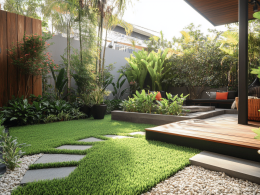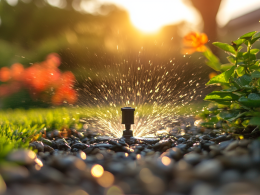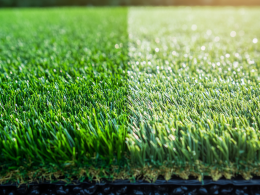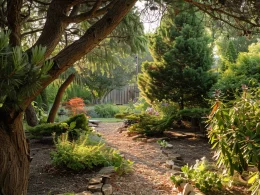Spring is almost here, and many gardeners are eager to start planting. But choosing the right early spring vegetables can be tricky.
You want crops that can handle cooler temperatures and uncertain weather.
Don’t worry – I’ve got you covered. In this post, I’ll share 13 easy-to-grow vegetables perfect for early spring gardens.
These hardy plants will thrive in cooler conditions and give you a head start on the growing season.
I’ll walk you through each vegetable, explaining when to plant it, how to care for it, and what to expect at harvest time.
By the end, you’ll have a clear plan for your early spring garden and be ready to get your hands dirty.
13 Delicious Early Spring Vegetables to Plant Now
1. Lettuce
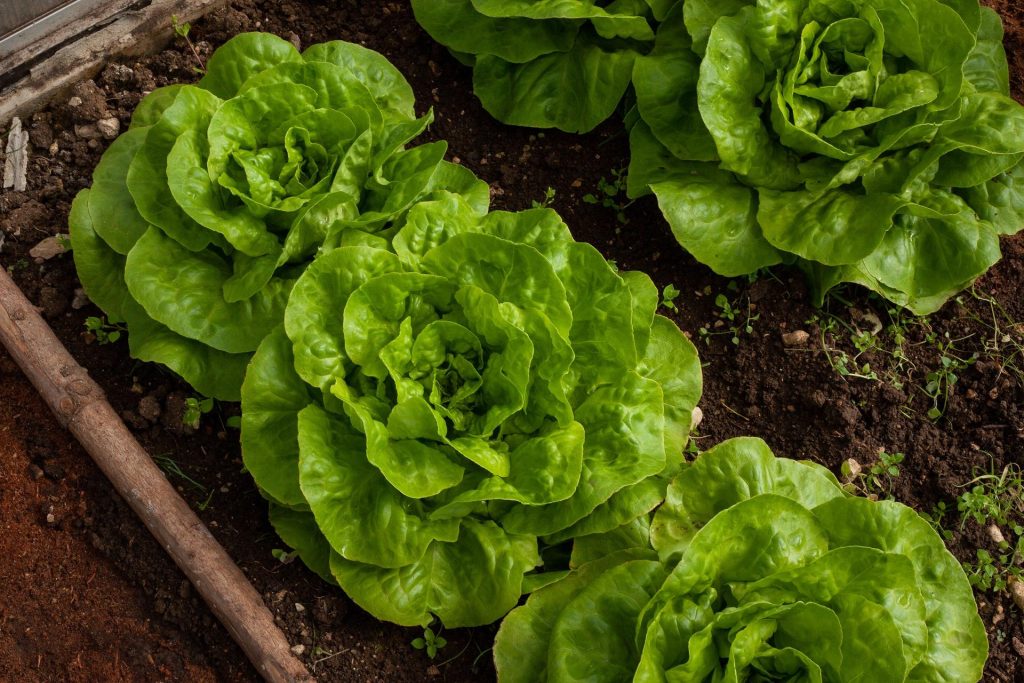
Lettuce is a great choice for early spring planting. It’s easy to grow and offers a quick harvest. You can choose from many types, such as romaine, oakleaf, and arugula.
Where to Plant: Lettuce grows well in full sun to partial shade, making it very flexible for your garden layout.
How to Plant: You can sow seeds in the ground or containers. If you prefer, many garden centers offer young plants ready for transplanting.
Water Needs: Keep the soil damp but not soggy. Lettuce likes consistent moisture.
Harvest Tips: You have two options. Pull up the whole plant or snip off the outer leaves as needed when ready. This way, you can enjoy fresh salads for weeks.
For more details, check the complete guide on extension.illinois.edu
2. Carrots
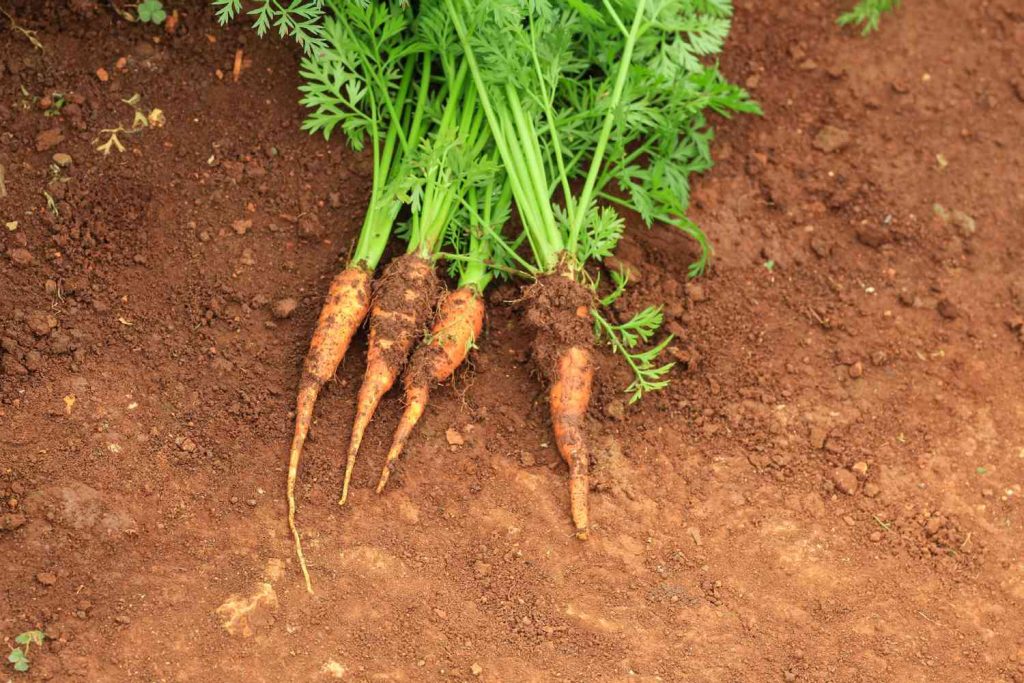
Carrots are fun and easy to grow from seed. They’re a perfect example of early spring vegetables.
Where to Plant: Choose a spot with full sun for the best results.
How to Plant: Sow seeds directly in the ground or in straight rows using a raised bed. Some short carrot types can be ready in about two months.
Water Needs: Keep the soil evenly moist. This helps the seeds sprout, and the carrots grow well.
Harvest Tips: Pull carrots when they reach the desired size. The tops should be visible above the soil.
For more details, check the complete guide on thespruce.com
3. Collards
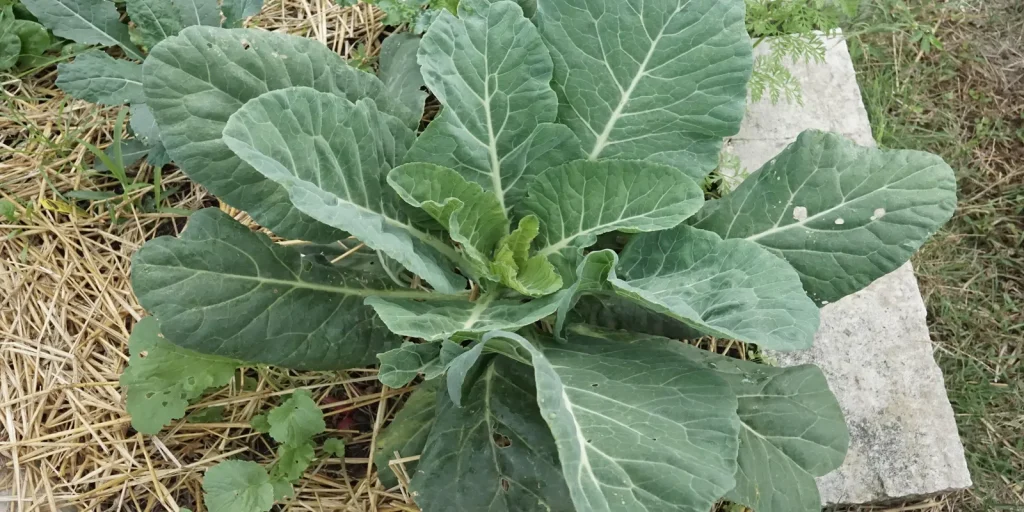
Collards are a tasty leafy green that’s often pricey in stores. Growing your own can save you money.
Where to Plant: Full sun is best, but collards do well with afternoon shade.
How to Plant: Sow seeds directly in your garden. Do this 2-4 weeks before the last expected frost in your area.
Water Needs: Water when the top inch of soil feels dry to the touch, but don’t let the soil dry out completely.
Harvest Tips: Cut collard leaves when they reach the desired size. Remember, the flavor isn’t as good once hot weather arrives.
For more details, check the complete guide on harvesttotable.com
4. Kale
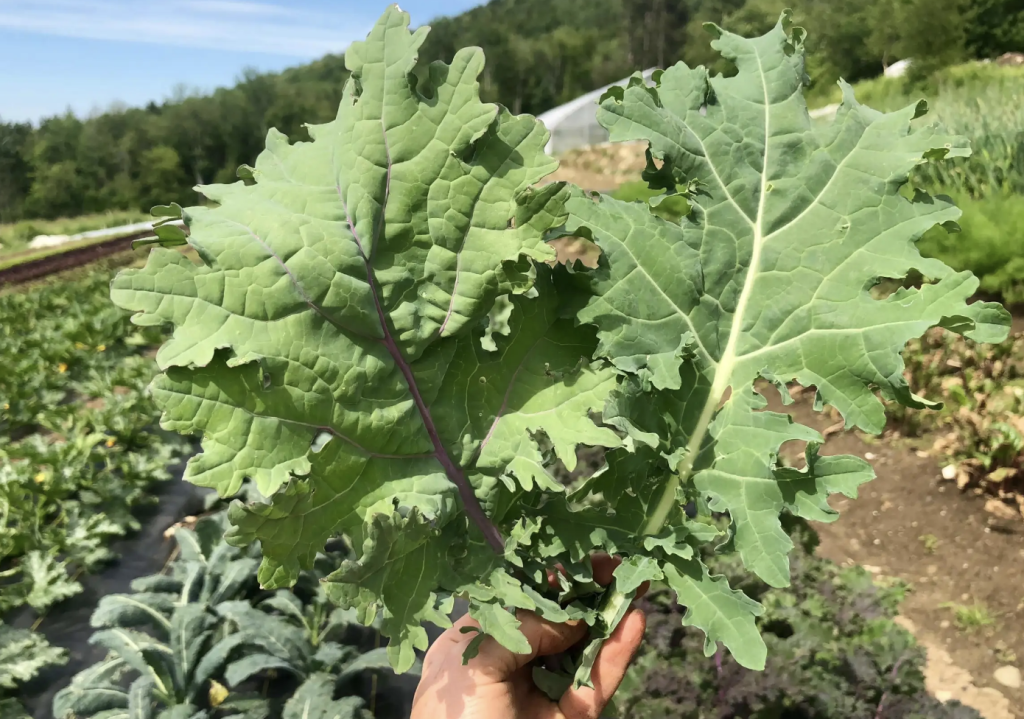
Kale is a great choice for early spring gardens. It’s packed with nutrients and grows well in cool weather. You can try different types, like dinosaur kale (also called Lacinato), which might excite kids about gardening.
Where to Plant: Kale does well in full sun or light shade, making it easy to incorporate into your garden plan.
How to Plant: You can start kale from seeds or seedlings—plant seeds a few weeks before the last frost date. If you buy seedlings from a garden center, you can plant them around the same time.
Water Needs: Monitor soil moisture. Water when the top inch of soil feels dry to the touch. This helps kale grow strong and healthy.
Harvest Tips: You can start picking kale leaves when they’re about the size of your hand. Take the outer leaves first, letting the center continue to grow.
For more details, check the complete guide on katiespring.com
5. Radishes
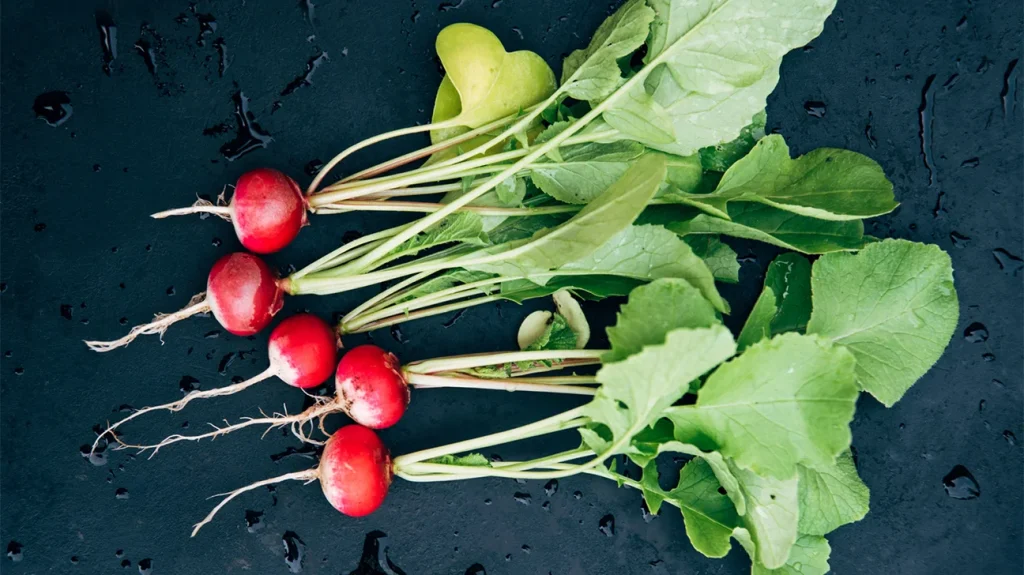
Radishes are perfect for impatient gardeners. They grow quickly, often ready to eat in less than a month.
Where to Plant: Choose a spot with full sun for the best results.
How to Plant: Sow seeds directly in the ground or raised beds. Plant the seeds about an inch apart in rows. Once they sprout, thin out the weaker plants to give the stronger ones room to grow.
Water Needs: Keep the soil evenly moist. This helps radishes grow quickly and stay crisp.
Harvest Tips: Pull radishes when they’re about an inch wide at the surface. For a steady supply, plant a few seeds every week.
For more details, check the complete guide on glamorosicooks.com
6. Spinach
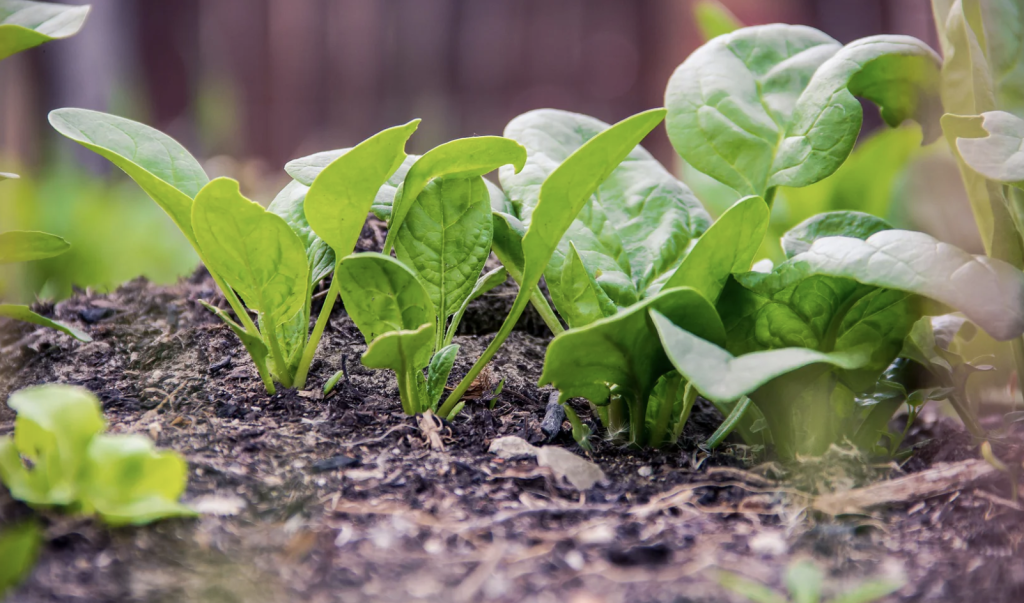
Spinach is a versatile green that’s a great early spring vegetable. Its deep green leaves add beauty and nutrients to your meals.
Where to Plant: Spinach grows well in full sun to part shade. This flexibility makes it easy to fit into your garden.
How to Plant: You can sow seeds directly in the ground or containers. If you prefer, some garden centers offer seedlings ready for transplanting.
Water Needs: Water when the top inch of soil feels dry. Consistent moisture helps spinach grow well.
Harvest Tips: You have two options. Snip individual leaves as needed, or pull the whole plant when fully grown.
For more details, check the complete guide on sowtrueseed.com
7. Swiss chard
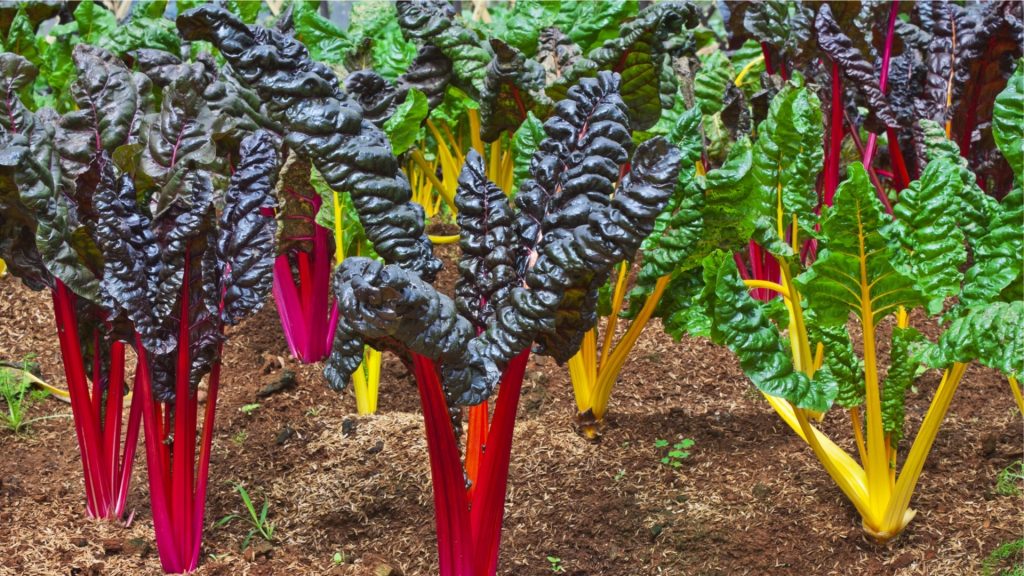
Swiss chard is a colorful addition to your spring garden. It comes in green or rainbow varieties, making it tasty and pretty.
Where to Plant: Swiss chard does well in full sun to part shade. It’s adaptable to different garden spots.
How to Plant: Sow seeds about three weeks before the last frost date. You can also find seedlings at garden centers, which can be planted around the same time.
Water Needs: Like spinach, chard needs water when the top inch of soil is dry. This keeps it growing strong.
Harvest Tips: Start by cutting the outer leaves and work your way toward the center. This way, the plant keeps producing.
For more details, check the complete guide on www.almanac.com
8. Potatoes
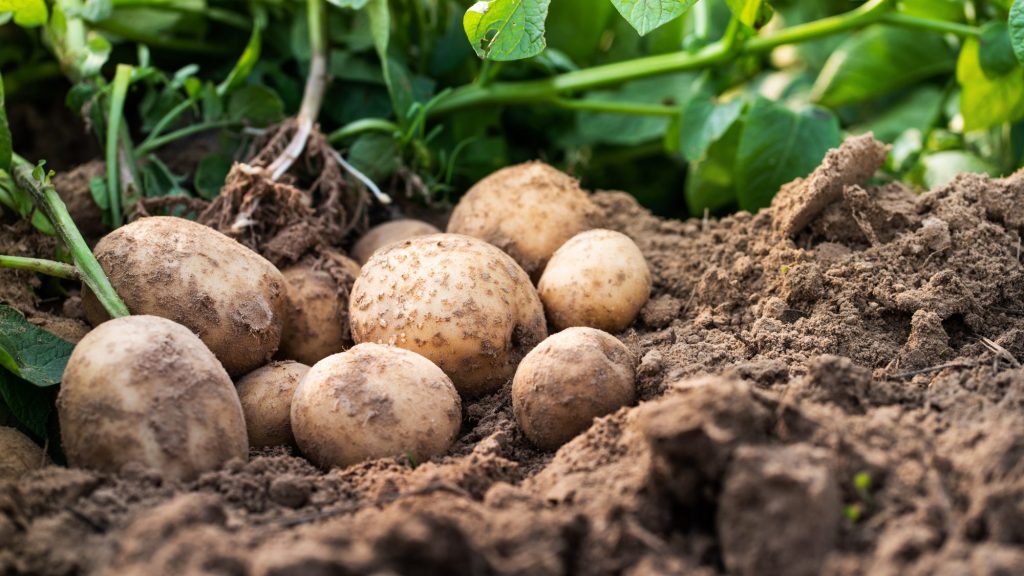
Potatoes are easy to grow and very rewarding. You can plant them in the ground or containers.
Where to Plant: Choose a spot with full sun and well-drained soil for best results.
How to Plant: Place seed potato pieces cut side down in the ground, about 3 inches deep and 12 inches apart. As they grow, add soil to cover most of the leaves. This is called hilling.
For containers, start with 3 inches of soil, place seed potatoes 4 to 6 inches apart, and cover with 2 inches of soil. Add more soil as the plants grow.
Water Needs: Water when the top few inches of soil feel dry. Potatoes need consistent moisture but not soggy soil.
Harvest Tips: Harvest when the leaves turn brown. Don’t wash potatoes right away. Let them cure for a few weeks, then clean and enjoy them however you like.
For more details, check the complete guide on www.bhg.com
9. Peas
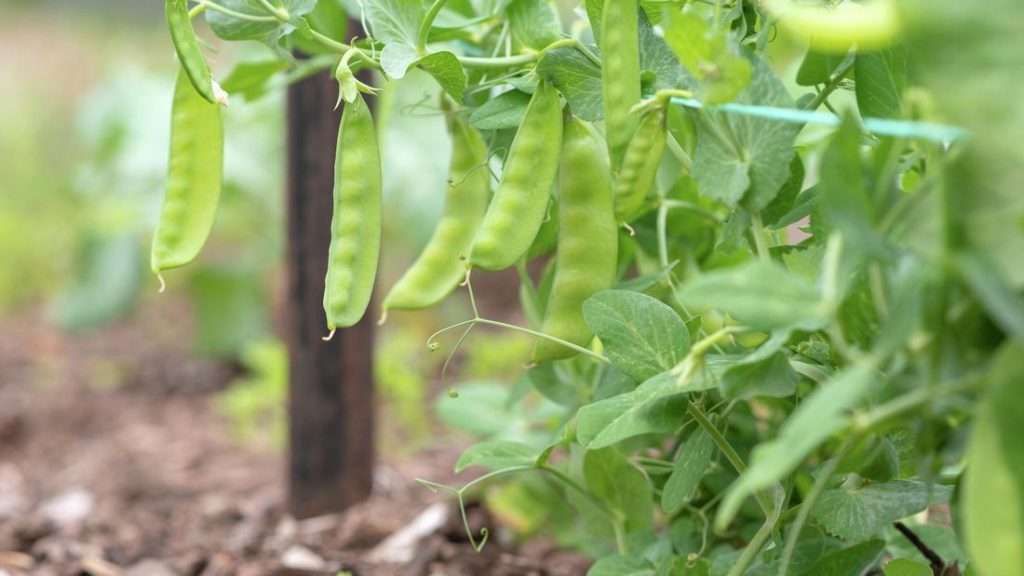
Peas are a joy to grow in early spring. They’re easy to plant and offer a sweet reward.
Where to Plant: Peas do well in full sun to part shade. This makes them flexible for different garden spots.
How to Plant: It’s best to sow pea seeds directly in the soil. This helps them develop strong roots from the start.
Water Needs: Water peas when the top inch of soil feels dry. They like consistent moisture but not soggy soil.
Harvest Tips: Pull or snip pods from plants when they feel full. For snow peas, harvest when pods are flat but filled out.
For more details, check the complete guide on www.almanac.com
10. Broccoli
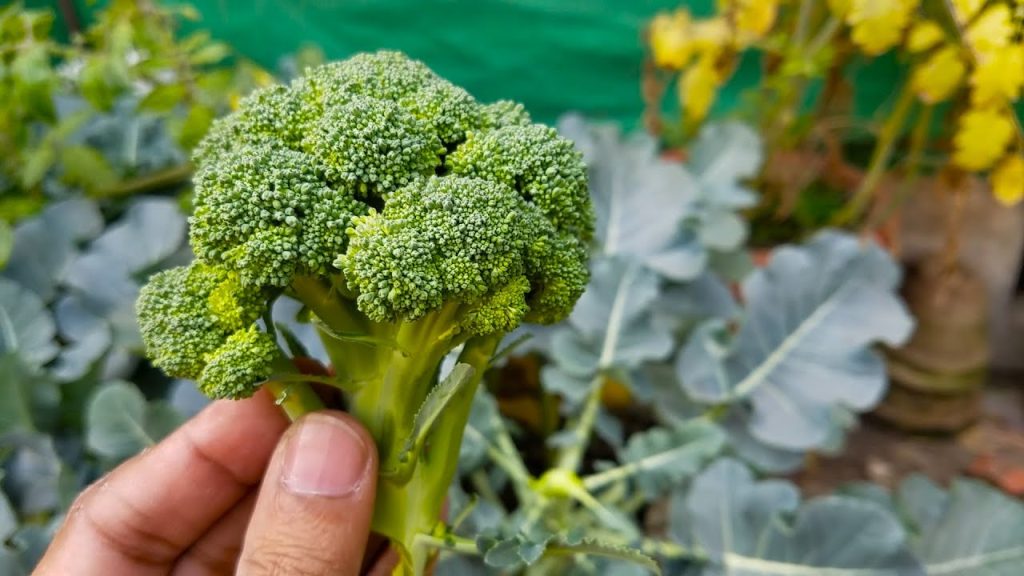
Broccoli is a nutritious addition to your spring garden. It’s a cool-season crop that thrives in early spring weather.
Where to Plant: Broccoli likes full sun but can tolerate light shade in warmer areas.
How to Plant: Start broccoli from seeds indoors 4-6 weeks before the last frost, or buy seedlings from a garden center.
Water Needs: Keep the soil evenly moist. Broccoli needs about 1-1.5 inches of water per week.
Harvest Tips: Cut the main head when the buds are tight and dark green. After harvesting the main head, side shoots will often develop for additional harvests.
For more details, check the complete guide on simplifylivelove.com
11. Beets

Beets are a versatile root vegetable that’s perfect for early spring planting.
Where to Plant: Beets prefer full sun but can tolerate partial shade.
How to Plant: Sow seeds directly in the garden about four weeks before the last expected frost.
Water Needs: Keep the soil consistently moist but not waterlogged.
Harvest Tips: Pull beets when they’re about 2 inches in diameter and slightly poking out of the soil. This is usually about seven weeks after planting.
For more details, check the complete guide on homegardenjoy.com
12. Turnips
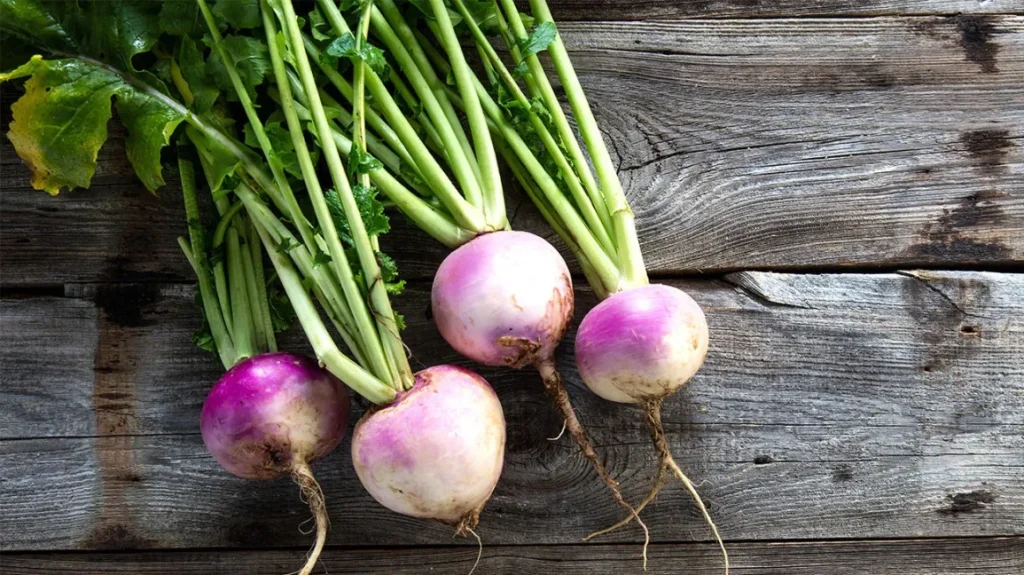
Turnips are a colorful and quick-growing crop for your spring garden.
Where to Plant: Turnips do best in full sun but can handle some shade.
How to Plant: Sow seeds directly in the garden 2-4 weeks before the last expected frost.
Water Needs: Keep the soil cool and moist for the sweetest turnips.
Harvest Tips: Pull turnips at 2-3 inches in diameter for the best flavor.
For more details, check the complete guide on savvygardening.com
13. Pepper

While peppers are typically warm-season crops, some varieties can be started in early spring.
Where to Plant: Peppers need sun for the best growth and fruit production.
How to Plant: Start seeds indoors 8-10 weeks before the last frost, or buy seedlings from a garden center.
Water Needs: Water deeply and regularly, especially when fruits are developing.
Harvest Tips: Pick peppers for your specific variety when they reach full size and color.
For more details, check the complete guide on bonnieplants.com
The Final Word
I hope you feel inspired to start your garden as we wrap up our journey through early spring vegetables.
These 13 easy-to-grow options offer a great mix of leafy greens, root vegetables, and more. Whether you’re a seasoned gardener or just starting, there’s something here for everyone.
Remember, the key to a successful spring garden is timing and care.
Start your seeds immediately, moisten the soil, and watch your plants thrive. Don’t be afraid to experiment with different varieties to find your favorites.
Why not get started today? Pick a few vegetables from this list and begin planning your garden.
Your future self will thank you when you enjoy fresh, homegrown produce in just a few weeks.
Happy gardening!








